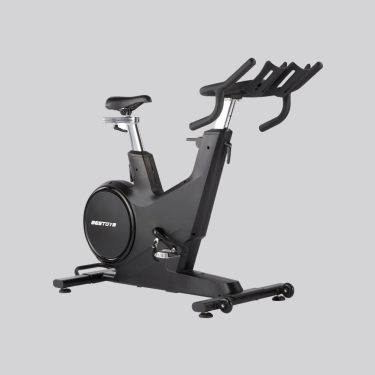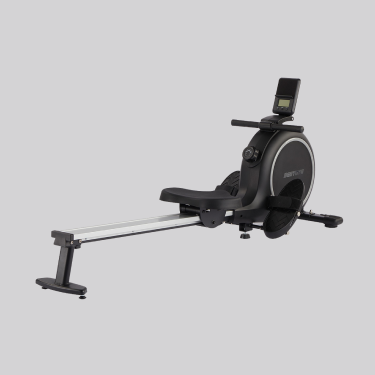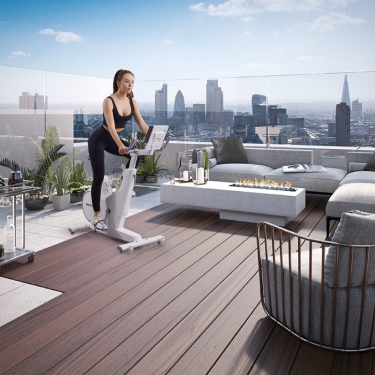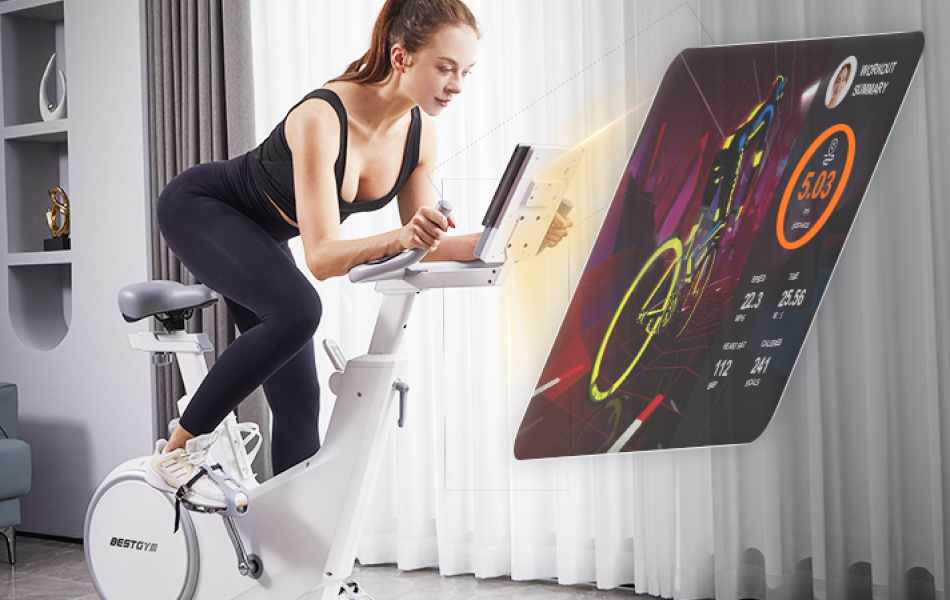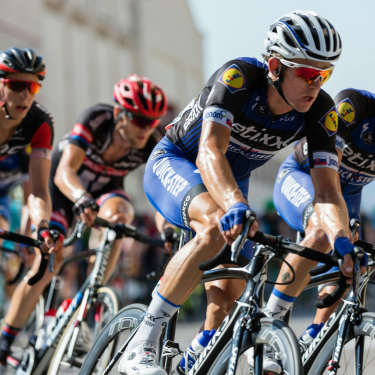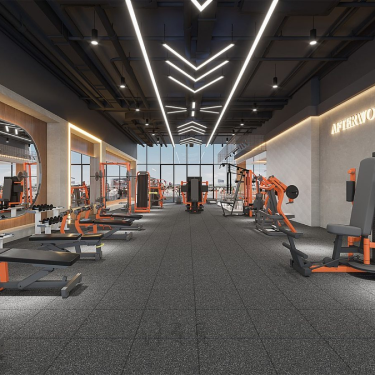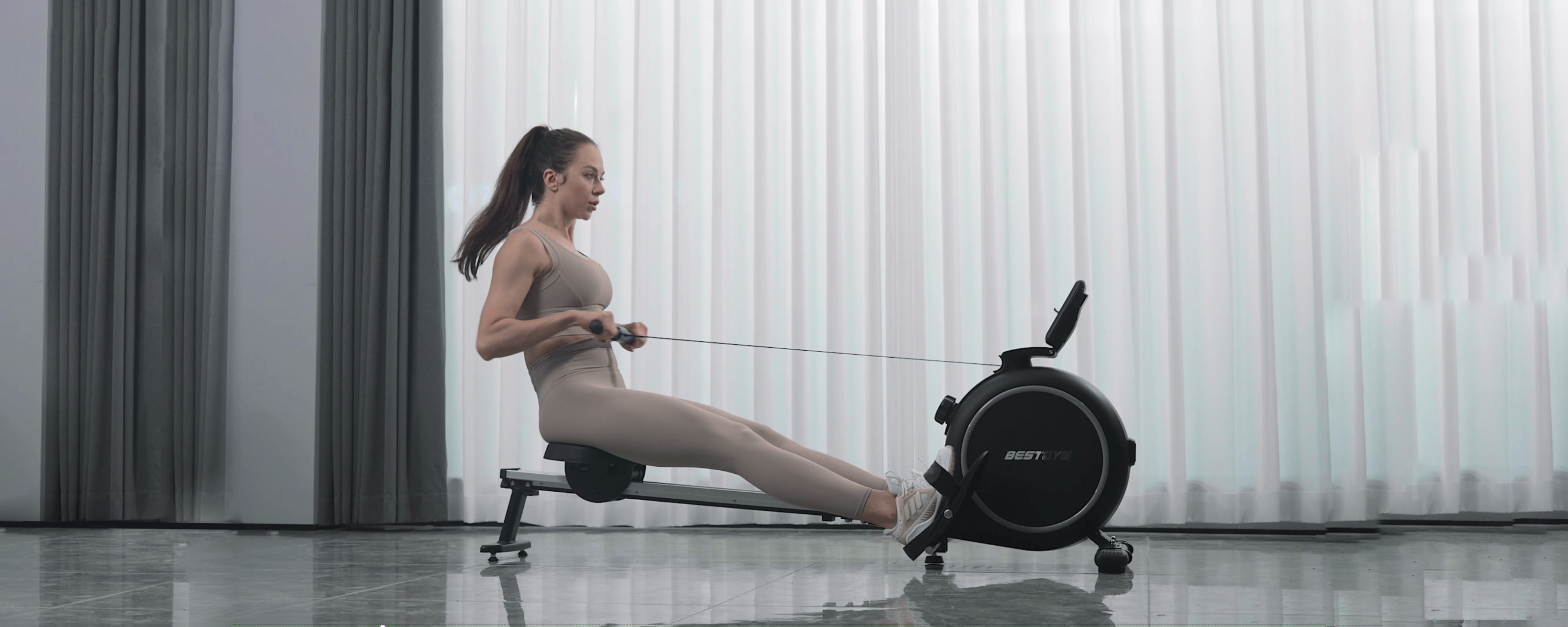Rowing Machine Tips and Market Trend
The rowing machine market has seen significant growth and innovation in recent years, driven by advancements in technology, changing consumer preferences, and an increased focus on home fitness. Here are some key trends shaping the market:
Rise in Home Fitness Demand
Growing Popularity of Home Gyms
The shift towards home fitness, accelerated by the COVID-19 pandemic, has led to a surge in demand for rowing machines. Consumers are investing in high-quality equipment that offers a full-body workout and fits into their home gym setups. Rowing machines are popular for their ability to provide both strength and cardio benefits in a single workout.
Compact and Foldable Designs
As more people look to optimize their home workout spaces, there’s a growing demand for compact and foldable rowing machines. These designs make it easier to store the equipment when not in use, making them ideal for apartments and smaller homes.
Advancements in Technology
Connected Fitness Integration
Modern rowing machines are increasingly equipped with technology that allows them to connect to fitness apps, smart devices, and virtual training platforms. This trend is part of the broader movement towards connected fitness, where users can track their progress, join virtual classes, and participate in online challenges.
Interactive Displays and Virtual Coaching
Many new rowing machines come with interactive displays that offer access to live and on-demand workout classes, virtual rowing routes, and personalized coaching. Platforms like Peloton and Hydrow have popularized this trend, creating an immersive workout experience that keeps users engaged and motivated.
AI and Personalized Training
Artificial intelligence is beginning to make its way into rowing machines, offering users personalized workout recommendations based on their performance data. This technology adapts workouts to the user’s fitness level and goals, providing a customized experience that can optimize results over time.
Focus on Comfort and Ergonomics
Enhanced Ergonomic Design
Manufacturers are placing greater emphasis on comfort and ergonomics to cater to a wide range of users. This includes features like ergonomic handles, adjustable footrests, and cushioned seats, which enhance comfort during longer workouts and help prevent injury.
Quiet Operation
Many new rowing machines are designed to operate quietly, making them suitable for home use, particularly in shared or apartment living spaces. Innovations in resistance technology, such as magnetic and water resistance systems, contribute to a smoother and quieter rowing experience.
Sustainability and Eco-Friendly Manufacturing
Eco-Conscious Production
As consumers become more environmentally conscious, there is an increasing demand for eco-friendly fitness equipment. Some rowing machine manufacturers are responding by using sustainable materials, reducing energy consumption during production, and creating products that are built to last, reducing the need for frequent replacements.
Durability and Longevity
Durability is a major selling point for rowing machines, as they generally require less maintenance and are more resistant to wear and tear compared to other types of cardio equipment. This focus on longevity aligns with the growing consumer preference for sustainable, high-quality products.
Affordability and Accessibility
Range of Price Points
The rowing machine market now offers a wide range of products at various price points, making it accessible to different budgets. From basic models suitable for beginners to advanced machines with premium features, there’s a rowing machine for everyone.
Financing and Subscription Models
To make high-end rowing machines more affordable, many brands are offering financing options or subscription-based services. These models allow consumers to pay for their equipment in installments or access additional features and content through a monthly subscription, making it easier to invest in quality equipment.
The rowing machine market has seen significant growth and innovation in recent years, driven by advancements in technology, changing consumer preferences, and an increased focus on home fitness. Here are some key trends shaping the market:
Rise in Home Fitness Demand
Growing Popularity of Home Gyms
The shift towards home fitness, accelerated by the COVID-19 pandemic, has led to a surge in demand for rowing machines. Consumers are investing in high-quality equipment that offers a full-body workout and fits into their home gym setups. Rowing machines are popular for their ability to provide both strength and cardio benefits in a single workout.
Compact and Foldable Designs
As more people look to optimize their home workout spaces, there’s a growing demand for compact and foldable rowing machines. These designs make it easier to store the equipment when not in use, making them ideal for apartments and smaller homes.
Advancements in Technology
Connected Fitness Integration
Modern rowing machines are increasingly equipped with technology that allows them to connect to fitness apps, smart devices, and virtual training platforms. This trend is part of the broader movement towards connected fitness, where users can track their progress, join virtual classes, and participate in online challenges.
Interactive Displays and Virtual Coaching
Many new rowing machines come with interactive displays that offer access to live and on-demand workout classes, virtual rowing routes, and personalized coaching. Platforms like Peloton and Hydrow have popularized this trend, creating an immersive workout experience that keeps users engaged and motivated.
AI and Personalized Training
Artificial intelligence is beginning to make its way into rowing machines, offering users personalized workout recommendations based on their performance data. This technology adapts workouts to the user’s fitness level and goals, providing a customized experience that can optimize results over time.
Focus on Comfort and Ergonomics
Enhanced Ergonomic Design
Manufacturers are placing greater emphasis on comfort and ergonomics to cater to a wide range of users. This includes features like ergonomic handles, adjustable footrests, and cushioned seats, which enhance comfort during longer workouts and help prevent injury.
Quiet Operation
Many new rowing machines are designed to operate quietly, making them suitable for home use, particularly in shared or apartment living spaces. Innovations in resistance technology, such as magnetic and water resistance systems, contribute to a smoother and quieter rowing experience.
Sustainability and Eco-Friendly Manufacturing
Eco-Conscious Production
As consumers become more environmentally conscious, there is an increasing demand for eco-friendly fitness equipment. Some rowing machine manufacturers are responding by using sustainable materials, reducing energy consumption during production, and creating products that are built to last, reducing the need for frequent replacements.
Durability and Longevity
Durability is a major selling point for rowing machines, as they generally require less maintenance and are more resistant to wear and tear compared to other types of cardio equipment. This focus on longevity aligns with the growing consumer preference for sustainable, high-quality products.
Affordability and Accessibility
Range of Price Points
The rowing machine market now offers a wide range of products at various price points, making it accessible to different budgets. From basic models suitable for beginners to advanced machines with premium features, there’s a rowing machine for everyone.
Financing and Subscription Models
To make high-end rowing machines more affordable, many brands are offering financing options or subscription-based services. These models allow consumers to pay for their equipment in installments or access additional features and content through a monthly subscription, making it easier to invest in quality equipment.

